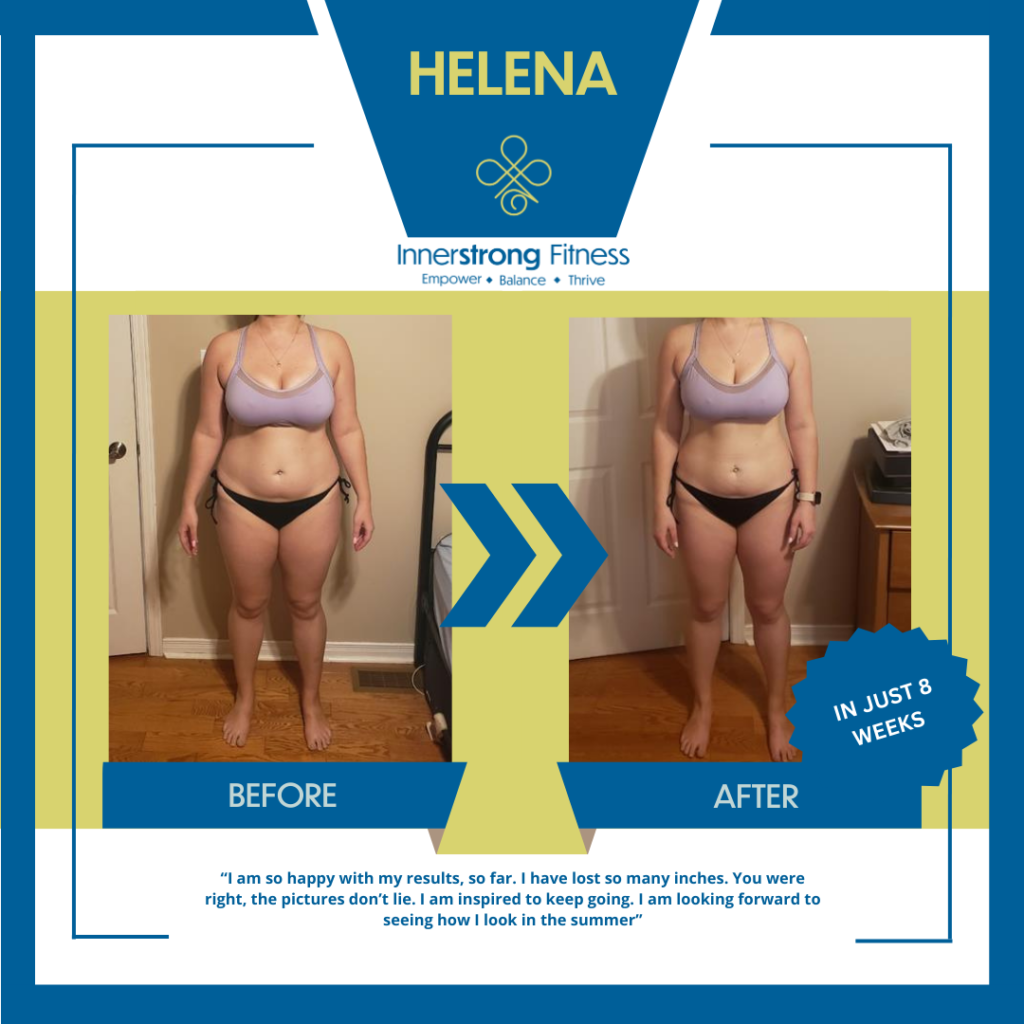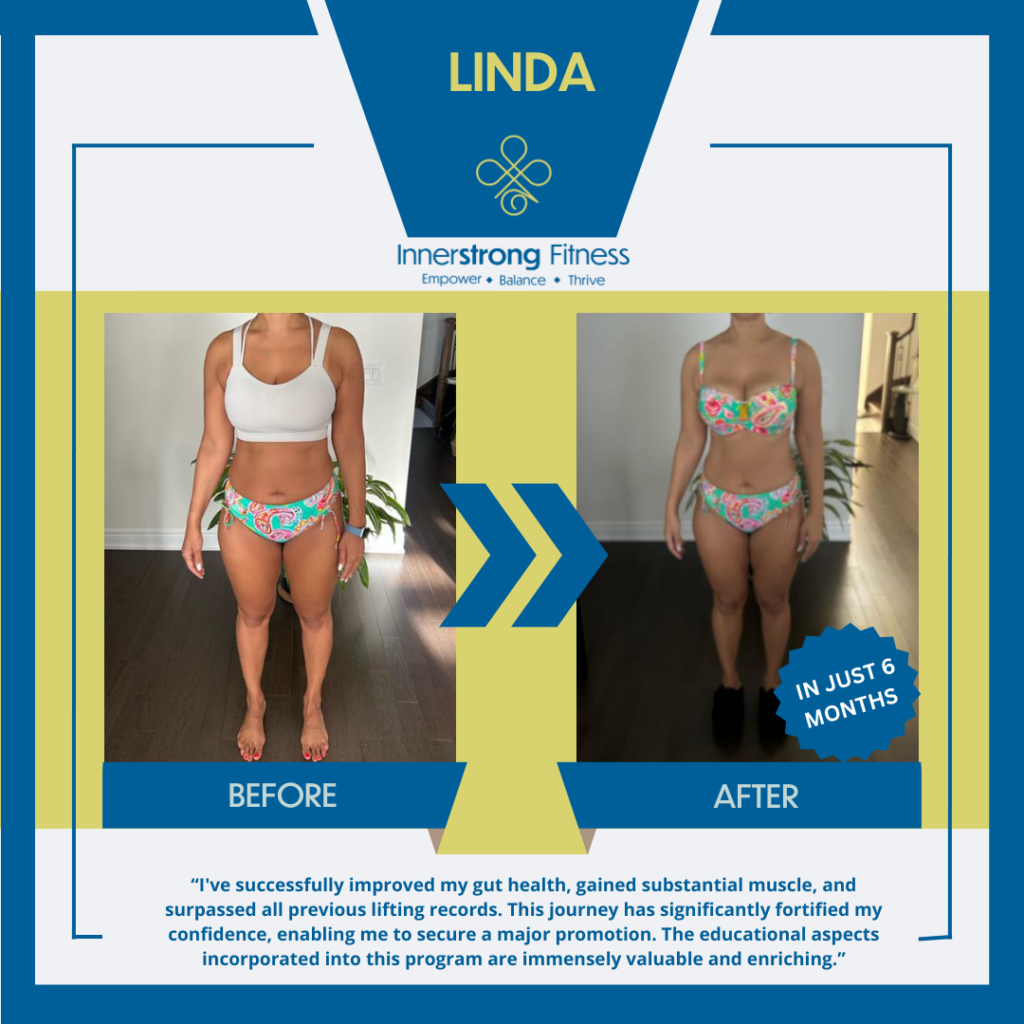The deadlift is not just an exercise; it’s a foundational movement for building unmatched strength, muscle density, and athletic capability. Whether your goal is to sculpt a physique of steel, enhance your posterior chain (the muscles on the backside of your body), or elevate your athletic performance, mastering the deadlift is essential. Its effectiveness in engaging the hamstrings, glutes, entire back, and grip makes it a cornerstone for anyone serious about their fitness journey.
Let’s delve deeper into five strategies to improve your deadlift significantly, focusing on lifting more weight and doing so with optimal efficiency and safety.
1. Mastery of Form: Beyond the Basics
The debate between conventional and sumo deadlifts fades in comparison to the importance of mastering your form. Proper technique is your best defense against injury and the quickest path to strength gains. Here are critical form adjustments to consider:
- Spinal Alignment: A neutral spine is crucial. Rounding your back, especially the lower back, invites injury.
- Arm Position: Keep your arms straight throughout the lift. Bending them, even slightly, can lead to severe injuries, such as bicep tears.
- Core and Lat Engagement: Activate your core and lats throughout the lift. This engagement is crucial in maintaining spinal alignment and generating power.
- Bar Path: The bar should remain close to your body to minimize strain on your lower back and maximize your lifting potential. This might result in some shin contact, a common badge of honor among seasoned deadlifters.
2. The Critical Role of Warm-Ups
A proper warm-up sequence primes your body for peak performance and minimizes the risk of injury. By gradually increasing the load, you ensure that your muscles, tendons, and joints are ready for the heavy lifting ahead. A well-structured warm-up not only increases your lifting capacity but also improves your overall workout effectiveness.
3. Explosive Power Training: The Untapped Secret
Contrary to popular belief, maximal strength does not always come from lifting maximal weights. For example, athletes who have deadlifted over 1,000 lbs in competition often train with significantly lighter weights, focusing on speed and form. This approach builds explosive power, a critical component of a successful deadlift, by training the body to recruit muscle fibers more effectively and efficiently.
4. Modifying the Range of Motion
Adjusting the deadlift’s range of motion by lifting from a raised platform or using blocks allows for targeted strength development, particularly in the lift’s top portion.
This technique helps in handling heavier weights, improving the lockout phase, and allows for a greater training volume by reducing overall fatigue. It’s a strategic approach to overcoming sticking points and enhancing muscular endurance.
5. The Value of Assistance Exercises
To further bolster your deadlift prowess, incorporating assistance exercises is key. These exercises are designed to strengthen the muscle groups involved in the deadlift, thereby indirectly improving your performance.
Some of the most beneficial assistance exercises include:
- Leg Press: Targets the hamstrings, quads, and glutes, foundational for a powerful lift-off.
- Kettlebell Swings: Develops the posterior chain and explosive hip hinge, crucial for the upward phase of the deadlift.
- Planks: Enhances core stability and the ability to maintain tightness, which is vital for protecting the spine.
- Farmer’s Walks: Builds grip strength and overall endurance, translating to better control and power during the deadlift.
- Row Variations: Strengthens the upper back and lats, essential for a strong lockout at the top of the lift.
By integrating these strategies into your training regimen, you’re not just aiming to increase the weight on the bar; you’re building a more resilient, powerful, and efficient body capable of exceptional feats of strength. The deadlift is a journey of discipline, technique, and power. Embrace these strategies, and watch as your performance transforms, leading to significant gains in muscle, strength, and athletic capability.











